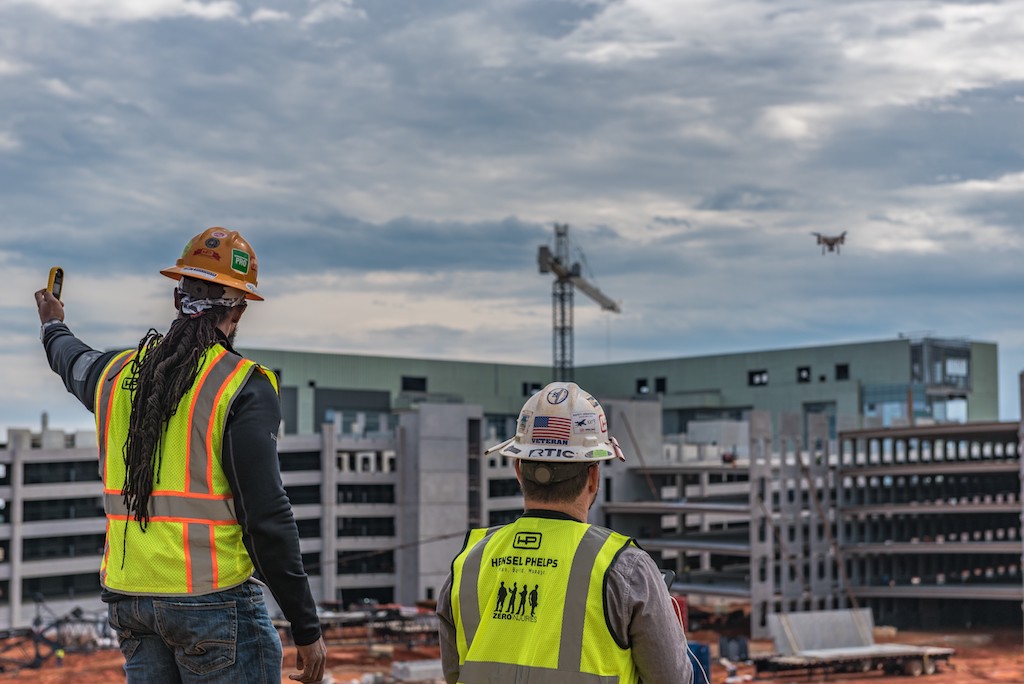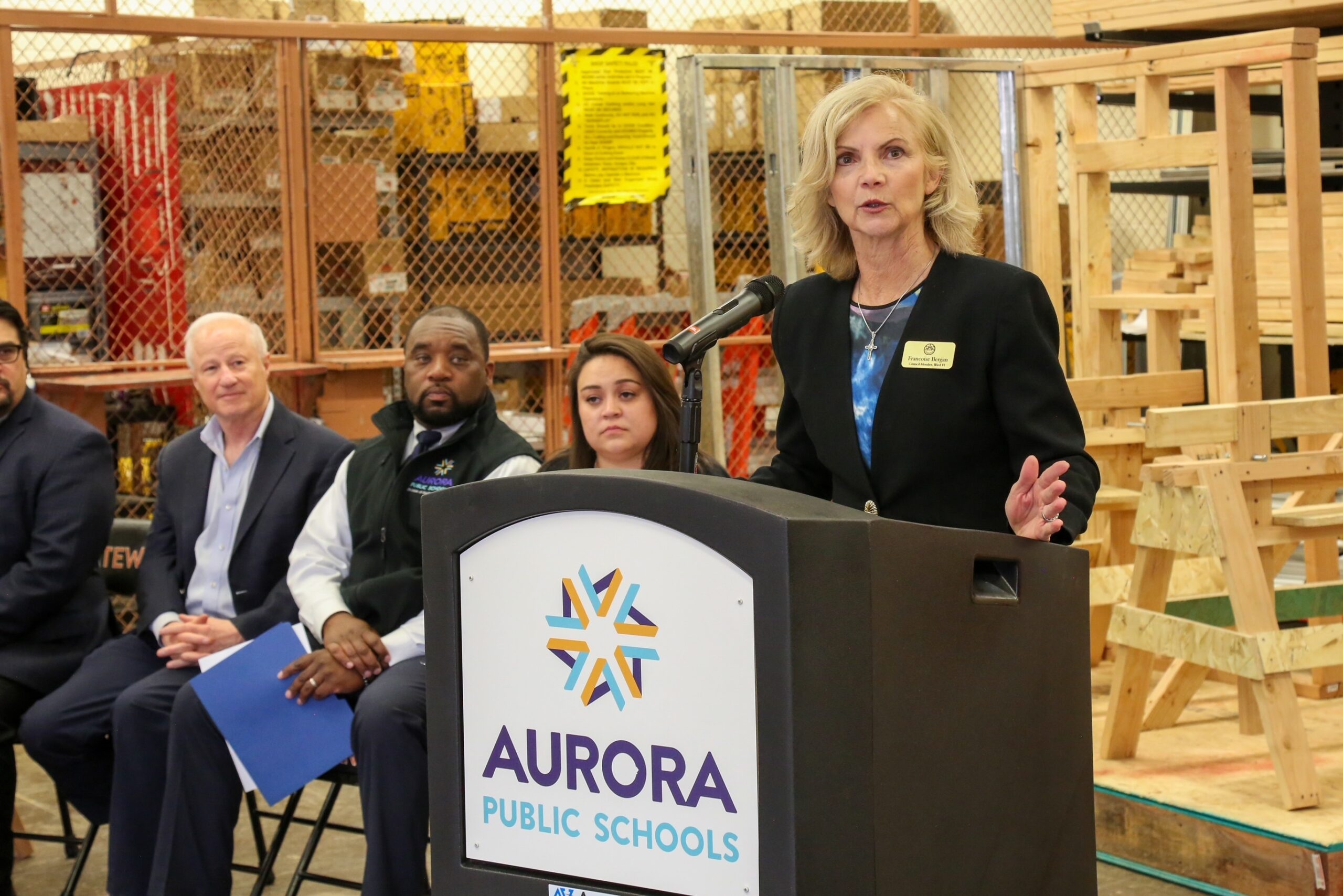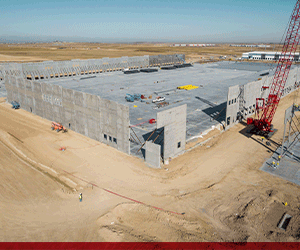
Greg Gidez, director of design services at Hensel Phelps, recently spoke at the 2018 Design & Construction Procurement Conference in Denver with a presentation titled, “The Technology Revolution in Design and Construction.” With some key takeaways from the presentation, Gidez further explains the use of technology at Hensel Phelps.
Facts about Greg:
- Greg attained his bachelor’s at Rutgers University and his master’s from the University
of Colorado. - When Greg was just 10 years old he drew his first house plans.
- He worked in construction throughout high school and college. Greg would describe his leadership style as 50,000 foot; he likes to think about better ways to do something and let his people go develop it.
What drew you to Hensel Phelps?
Back in 1988 I completed my first project with Hensel Phelps and continued to work with the firm through 2007. I made a lot of personal connection and we had a lot of the common vision for where we thought the industry was going, so I joined the team.
What have been some milestone projects in your career?
- Colorado Convention Center
- Invesco Field at Mile High
- Denver International Airport
Which new technology does Hensel Phelps use related to BIM/VR?
We have been focusing on virtual reality (VR) a lot. A lot of people have trouble reading drawings; taking that two-dimensional object and trying to visualize what it is really about; virtual technology really helps there. For example, we are constructing a hospital and we can use VR to mock up the operating room or the patient’s room so the users can make changes while experiencing the space. We are also using augmented reality, so we can take what is virtual and what has been built, and put them together to let the user experience what it is today and what it will be tomorrow. Additionally, with safety, we are able to develop scenarios virtually that we can then use for training. We can have our employees go to a jobsite and look for safety challenges virtually – is a pretty neat use of VR.
How does technology help you better communicate as a team and throughout the stages of a project?
A picture is worth 1,000 words; we are visual people and we need to see the model. Letting people visualize these things really helps in the communication aspect. Projects are developed incrementally and one of the challenges of designing the construction of a project is getting decisions made. With the use of technology, we can better inform the clients as to what needs to be done and then they can visualize it and understand the design to construction process. Once we have a decision then we can move the machine forward and develop the document or start into construction. It is really helping to inform the process, therefore inform decision making.
How have you seen technology resolve challenges in projects?
Not only do we do construct vertically, but there is also infrastructure underground that is buried somewhere, and if you dig a hole and you hit it, it can be catastrophic. Using technology to map underground utilities allows us to know where the systems are, then we can move in with confidence and expedite the process immensely. For example, this can help if we are working on an airport project and we need to know what is under the runway. We can also use lasers to scan what infrastructure is above grade and cut time in half compared to having our people map out everything by hand.
How has technology given you the opportunity to collaborate with other project partners?
Previously, you marked up drawings, shipped them around and spent a lot of time pouring over those drawings. Now everyone can experience the same drawing or model virtually, so we can get on conference calls and talk about the same drawing/model. Everybody can give their input, which makes capturing that information and communicating that information much more effective.
How does technology affect customer experience?
It affects the customer experience both good and bad. If there is too much technology and the customer does not understand how to use it, or they do not have the staff to use it, then it can be cumbersome and intimidating. Once they understand how to use it and capitalize the value it can provide, then it becomes very easy for them. It is all about overcoming that first technological hurdle to understand the systems and become comfortable with them.
What’s next?
The use of virtual, augmented reality is going to be big in construction. Also, moving toward technology as a quality control and quality assurance; tracking and comparing the virtual model to the construction in the field. Asking: Did we build it in the field exactly how it is designed in the model? If we did, great, and if we didn’t, what are the impacts. What will that affect in the rest of the design and construction? This allows for real-time feedback on what was built in the field and allows us to react and change the processes so it does not impact the final cost or schedule.









